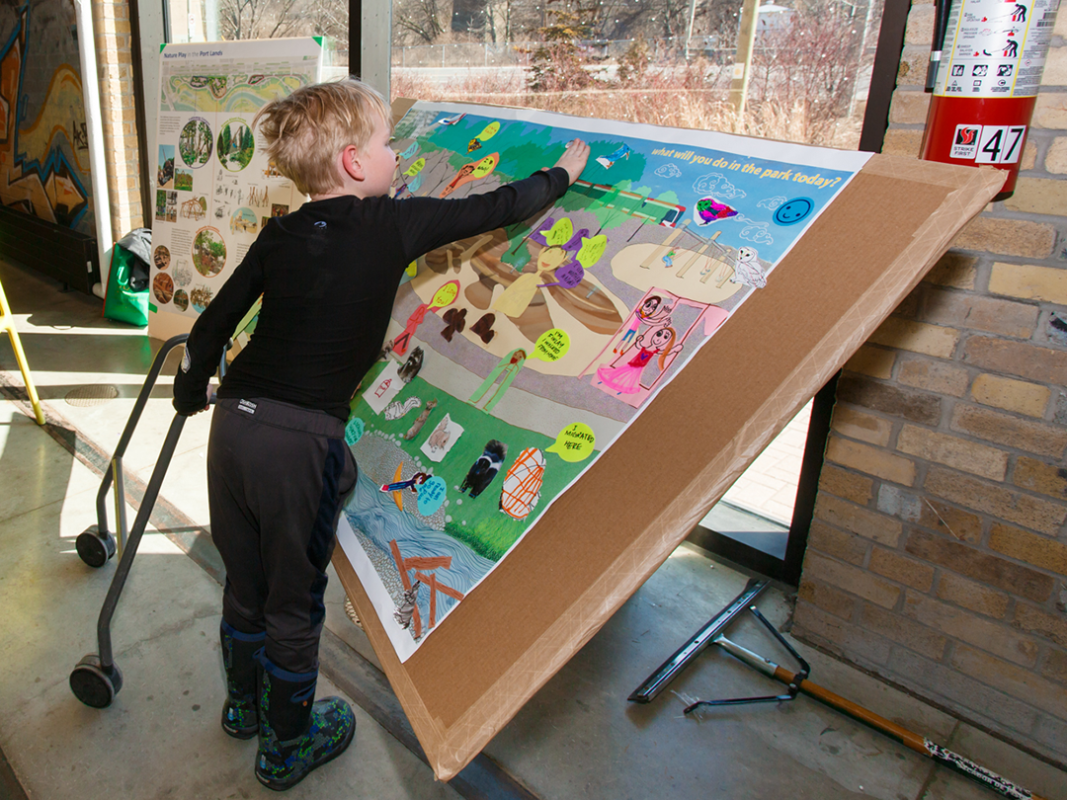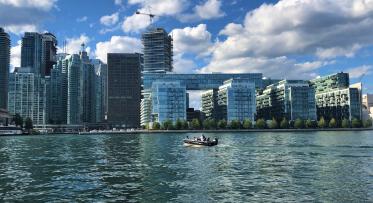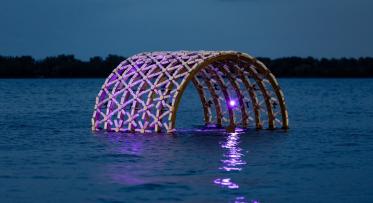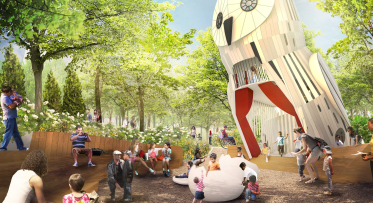At-Home Science Experiments: Animals and Their Habitats in the Park
POSTED: MARCH 31, 2020 I PARKS AND PUBLIC SPACES
By: Rocky the Rock Ripper
Port Lands Flood Protection relies on many different science and engineering disciplines. To design and build a new river, ecological habitats, parks, roads, bridges – and ultimately a new island – the team draws on everything from geotechnical engineering to environmental testing. This winter, we hosted a science and engineering fair to help people learn more about the science, technology and engineering behind this billion-dollar revitalization.
Now you can replicate some of these experiments at home.
Activity #4: Animals and Their Habitats in the Park
Get creative and imagine how animals might use the park and surrounding natural green spaces.
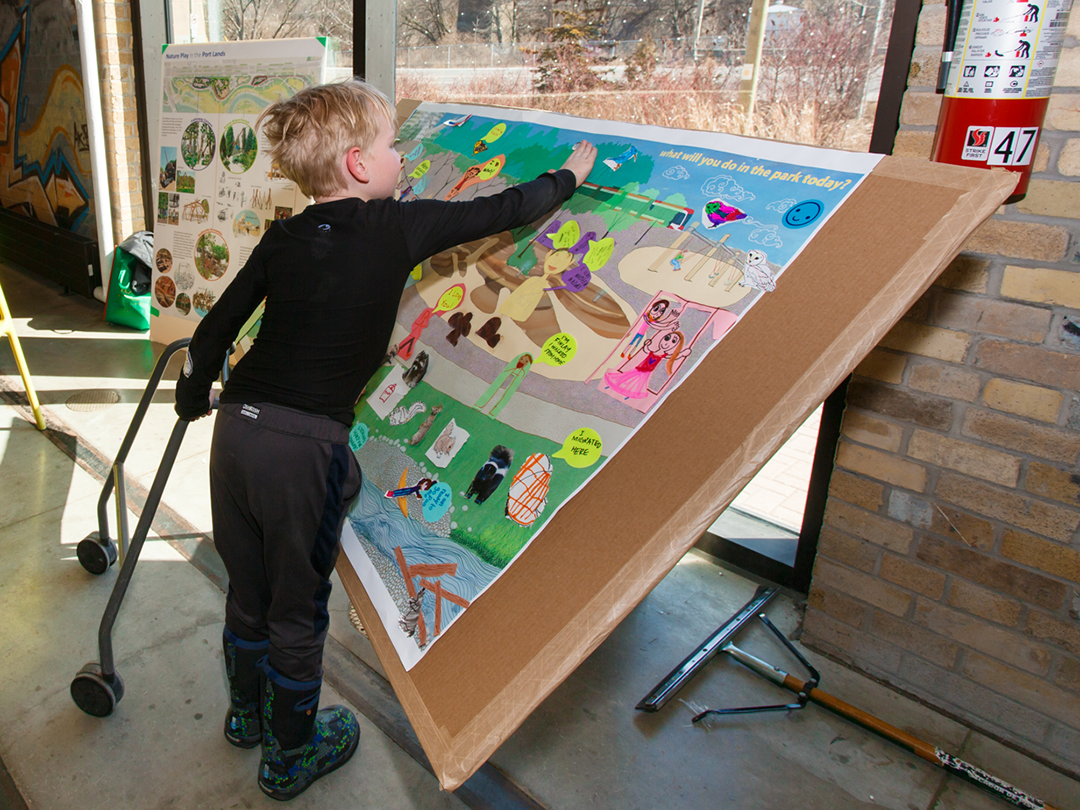
River Park will run along the north and south banks of the new river through the Port Lands. The north section of this park will have a play area inspired by different kinds of habitats for local animals. Imagine how you would play in a park with these habitats!
The Port Lands Flood Protection Project’s main purpose is to build critical infrastructure to improve our resilience to flooding. In doing so, we’re also building parks, play spaces, and habitat for animals.
Part of designing a new park involves understanding how people and animals will want to use the space. While this activity isn’t exactly a science experiment, it's a great way to learn about the role ecologists and landscape architects play reconnecting this former industrial zone to the area’s large system of ravines and waterways.
Did you know the Port Lands is part of a bird migration path? To learn more about the habitats and parks we’re building in the Port Lands, you can read this blog post.
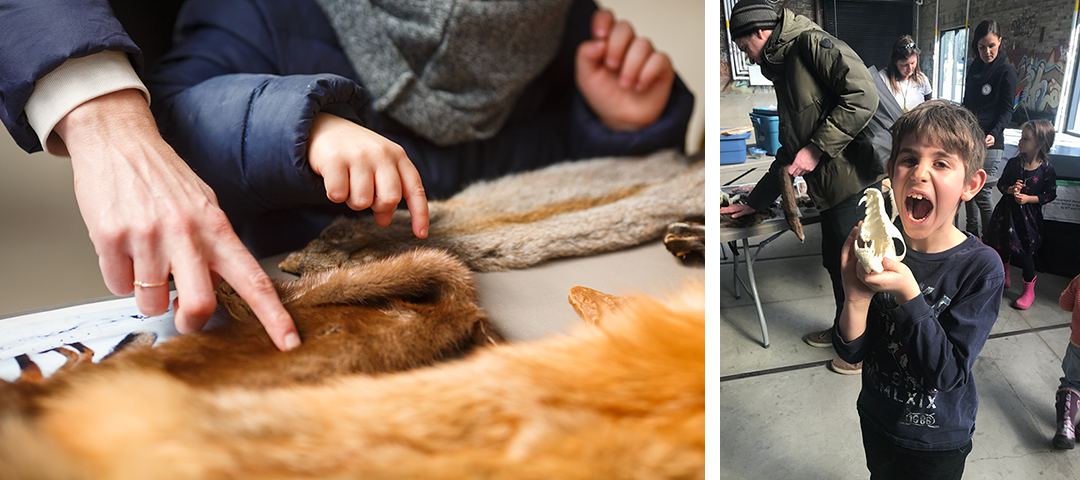
At the science fair, we learned about the animals that live in Toronto and got to see some pelts and bones, brought in by the Toronto and Region Conservation Authority.
What is a habitat?
Habitat is a place to find food and shelter.
What animals could live in the new habitats we’re building in the Port Lands?
New wetlands, marshes, upland forests and parks will provide habitat for lots of animals, including red tailed hawks, monarch butterflies, minks, turtles, toads, fish, squirrels, owls, frogs, raccoons, and even foxes.

Cross section of the new Don River, showing the fauna habitats it will create. (click here to enlarge the image above)
What kinds of habitat are we building?
Aquatic Habitat
Aquatic habitat is under water. This makes it a good place for fish, turtles, frogs, and underwater plants.
Marsh Habitat: Submergent, emergent, and meadow marshes
Marshes, also known as wetlands, usually occur where the water meets the land. The different types of marshes are based on how deep underwater they are. Submergent marshes are the most covered with water, but lots of underwater plants still live there. Emergent marshes are in shallower water, and closer to the shore. Animals that live in these kinds of marshes need to know how to swim. They are a good habitat for fish, birds, muskrats and beavers.
Meadow marshes are usually not under water, but when a flood or big rainfall occurs this habitat can help absorb the extra water. Lots of plants live in meadow marshes and make it an appealing place for animals like meadow voles, who eat the plants, to live.
Upland forest habitat
Upland forests are farther away from the water, and usually drier than marshes. They are a good place for bigger plants like trees to grow, which makes them the perfect habitat for animals like squirrels, rabbits, and woodpeckers.
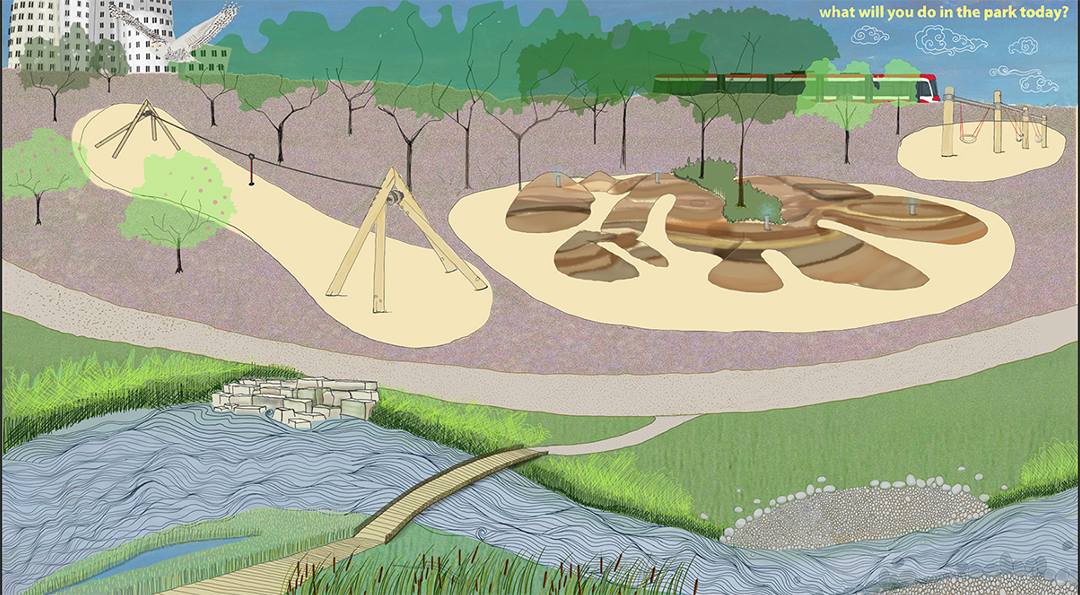
This drawing of a park shows some of the different habitats in the Port Lands. Add some animals and make up a story about what they would do in the park.
How to do this activity at home:
-
Print out the activity materials here. They include a drawing of a future park in the Port Lands and animal cards. You can print the outline and colour it in yourself (page 1) or print a colour version (page 2).
-
Print out the pictures of animals that would feel at home in the Port Lands (pages 3-10). Print double-sided and cut out each animal card. Flip the cards over to learn about the animals.
-
Let your imagination run wild:
-
Cut out the animals and imagine how they would play in this park.
-
Draw yourself and imagine how you would play in this park.

This is how we imagined playing in the park at the Science Fair.

